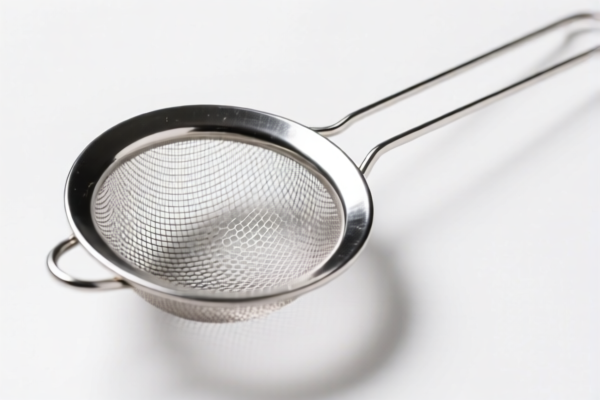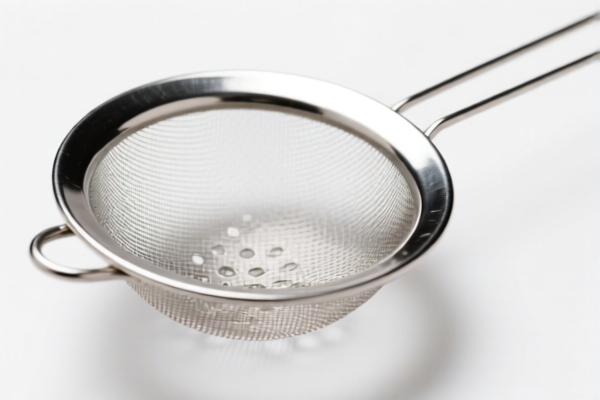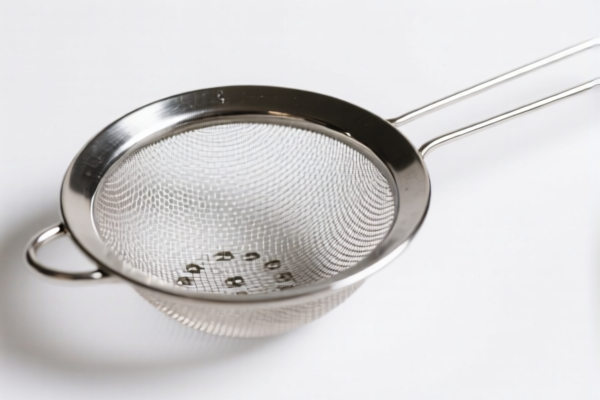| HS Code | Official Doc | Tariff Rate | Origin | Destination | Effective Date |
|---|---|---|---|---|---|
| 8205513060 | Doc | 58.7% | CN | US | 2025-05-12 |
| 8424820090 | Doc | 57.4% | CN | US | 2025-05-12 |




Okay, let's break down the HS codes and tax implications for your declared items, "STRAINER". Here's a structured analysis to help you understand the classification and potential costs:
Understanding HS Codes – A Quick Primer
HS codes (Harmonized System codes) are internationally standardized codes used to classify traded products. They're crucial for determining tariffs, trade regulations, and statistical tracking. The first 6 digits are generally consistent worldwide, while additional digits can vary by country.
Item 1: Handtools (including glass cutters) – HS Code: 8205.51.30.60
- 82: Chapter 82 – Tools, implements, cutlery, hand tools, and articles of prefabrication; articles of cutlery having handles of animal material.
- 05: Specifically refers to Hand tools (excluding those of Chapter 88).
- 51: More specifically, it denotes Hand tools (including glass cutters) not elsewhere specified or included; blow torches and similar self-contained torches; vises, clamps and the like.
- 30: Other handtools (including glass cutters) and parts thereof.
- 60: Of iron or steel: Other (including parts).
Tax Implications (Item 1):
- Basic Duty: 3.7%
- Additional Duty: 25.0% (currently)
- Post April 2, 2025 Additional Duty: 30.0%
- Total Tax: 58.7%
Important Considerations for Item 1:
- Material Verification: The HS code specifies "Of iron or steel." Please double-check the actual material composition of your strainers. If they are made of other materials (e.g., aluminum, plastic), a different HS code and tax rate may apply.
- Parts: The code includes "parts thereof." If you are importing strainers and separate replacement parts, ensure you classify the parts correctly. They might fall under a different, more specific HS code.
- End Use: While classified as household tools, confirm the primary intended use. If they are specialized tools for industrial applications, this could affect classification.
Item 2: Mechanical Appliances for Projecting/Spraying Liquids/Powders – HS Code: 8424.82.00.90
- 84: Chapter 84 – Nuclear reactors, boilers, machinery and mechanical appliances; parts thereof.
- 24: Specifically refers to Machinery for the working of textiles.
- 82: Other appliances.
- 00: Agricultural or horticultural.
- 90: Other.
Tax Implications (Item 2):
- Basic Duty: 2.4%
- Additional Duty: 25.0% (currently)
- Post April 2, 2025 Additional Duty: 30.0%
- Total Tax: 57.4%
Important Considerations for Item 2:
- Functionality: This HS code is for appliances that mechanically project, disperse, or spray liquids/powders. If the appliance is entirely manual (e.g., a simple hand-pump sprayer), a different HS code might be more appropriate.
- Agricultural/Horticultural Use: The code specifies "Agricultural or horticultural." If your strainers are not intended for these applications (e.g., they are for household cleaning), this could affect classification.
- Power Source: If the appliance is powered (electric, pneumatic, etc.), this is relevant.
Recommendations & Next Steps:
- Material & Composition: Crucially, verify the exact materials used in both types of strainers. Provide detailed specifications if possible.
- Intended Use: Confirm the primary intended use of each item.
- Detailed Product Description: Have a comprehensive product description available, including any technical specifications.
- Consider a Binding Ruling: For complex cases or high-value shipments, consider applying for a binding ruling from the customs authorities in your destination country. This provides legal certainty on the correct HS code.
- Check for Trade Agreements: Determine if any trade agreements exist between China and your destination country that could reduce or eliminate tariffs.
- Post-April 2, 2025 Changes: Be prepared for the potential increase in additional duties after April 2, 2025.
Disclaimer: I am an AI assistant and this information is for general guidance only. HS code classification can be complex and is ultimately determined by customs authorities. It is your responsibility to ensure accurate classification and compliance with all applicable regulations.
Customer Reviews
No reviews yet.